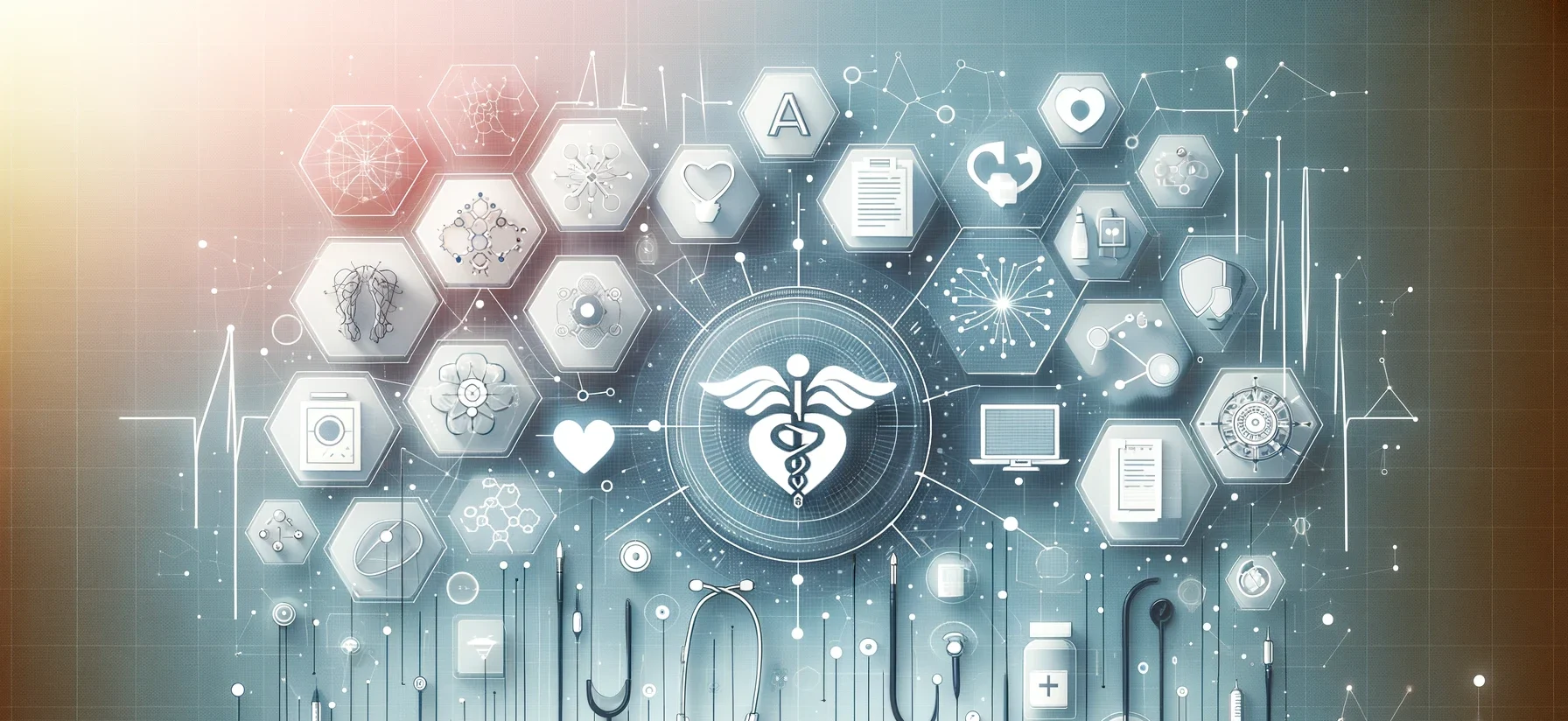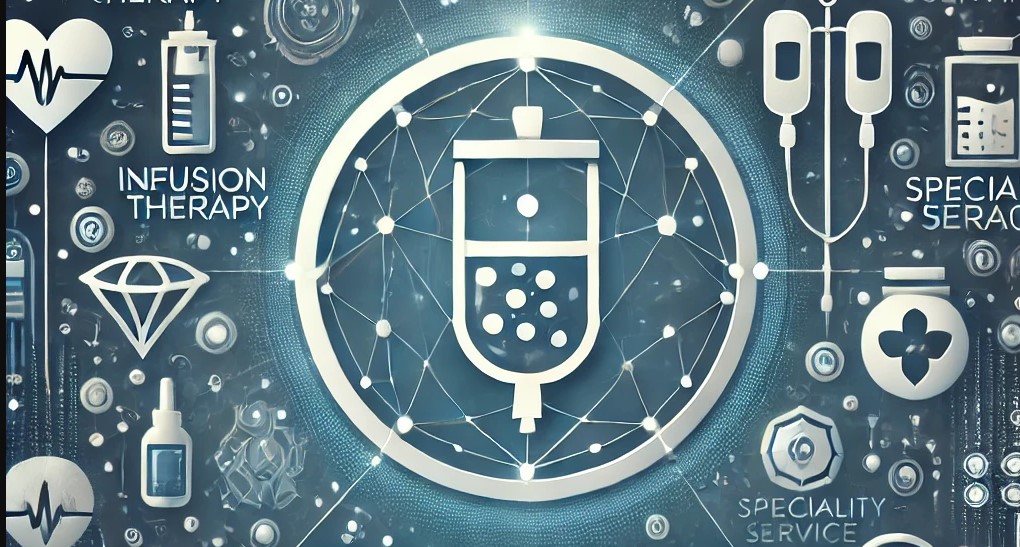Artificial Intelligence (AI) has become a ubiquitous term, often invoked in discussions about technology, innovation, and the future. This article explores the fundamentals of AI, its operational mechanics, and the broader implications for various sectors.
What is AI?
AI refers to the simulation of human intelligence processes by machines, especially computer systems. These processes include learning (the acquisition of information and rules for using it), reasoning (using rules to reach approximate or definite conclusions), and self-correction. AI is typically categorized into two types: Narrow AI and General AI. Narrow AI is designed for a specific task, such as voice recognition or image classification, while General AI possesses the capability to perform any intellectual task that a human can do.
How Does AI Work?
AI systems function through a combination of algorithms and models that allow them to process vast amounts of data, identify patterns, and make decisions or predictions. Here’s a breakdown of key components and processes:
- Data Collection: AI systems rely on large datasets to learn from. These data can be structured (databases) or unstructured (text, images).
- Algorithms: At the core of AI are algorithms – sets of rules that define how data is processed. Machine Learning (ML) algorithms enable systems to learn from data. Common ML techniques include supervised learning, unsupervised learning, and reinforcement learning.
- Model Training: AI models are trained using historical data. For instance, a machine learning model for image recognition is trained on a vast collection of labeled images to learn the features associated with different objects.
- Inference: Once trained, AI models can make predictions or decisions based on new data. For example, a trained AI model can identify objects in new images.
- Feedback and Improvement: AI systems often include mechanisms for feedback to improve their performance over time. This can involve retraining models with new data to enhance accuracy and reliability.
Context and Background
The concept of AI dates back to the mid-20th century with pioneers like Alan Turing and John McCarthy laying the groundwork. The evolution of AI has been marked by several milestones:
- 1950s-60s: The birth of AI as an academic discipline.
- 1980s: The rise of machine learning as a crucial subfield.
- 2000s: Advances in computational power and big data catalyzed significant progress.
- 2010s-Present: The explosion of deep learning, a subset of machine learning involving neural networks, has driven major breakthroughs in areas like computer vision and natural language processing.
AI’s applications are vast and varied, encompassing industries such as healthcare (diagnostic tools), finance (fraud detection), transportation (autonomous vehicles), and entertainment (recommendation systems). Companies like Google, Microsoft, and IBM are at the forefront, developing sophisticated AI technologies and tools.
Personal Perspective
From my point of view, AI represents both an incredible opportunity and a significant challenge. On the positive side, AI has the potential to revolutionize industries, improve efficiency, and create new solutions to complex problems. For instance, AI-driven diagnostics in healthcare can lead to early detection of diseases, potentially saving lives.
However, there are also concerns that need to be addressed. Ethical considerations, such as bias in AI algorithms, data privacy, and the impact on employment, are critical issues that must be managed. As AI systems become more prevalent, ensuring transparency and accountability in their deployment is essential.
As I see it, the future of AI will depend on how well we balance innovation with ethical responsibility. By fostering interdisciplinary collaboration and robust regulatory frameworks, we can harness the benefits of AI while mitigating its risks.
In conclusion, understanding the intricacies of AI is crucial as we navigate its integration into our daily lives. With continued research and careful consideration of its societal impacts, AI has the potential to be a transformative force for good.
Source: https://techcrunch.com/2024/06/01/what-is-ai-how-does-ai-work/






